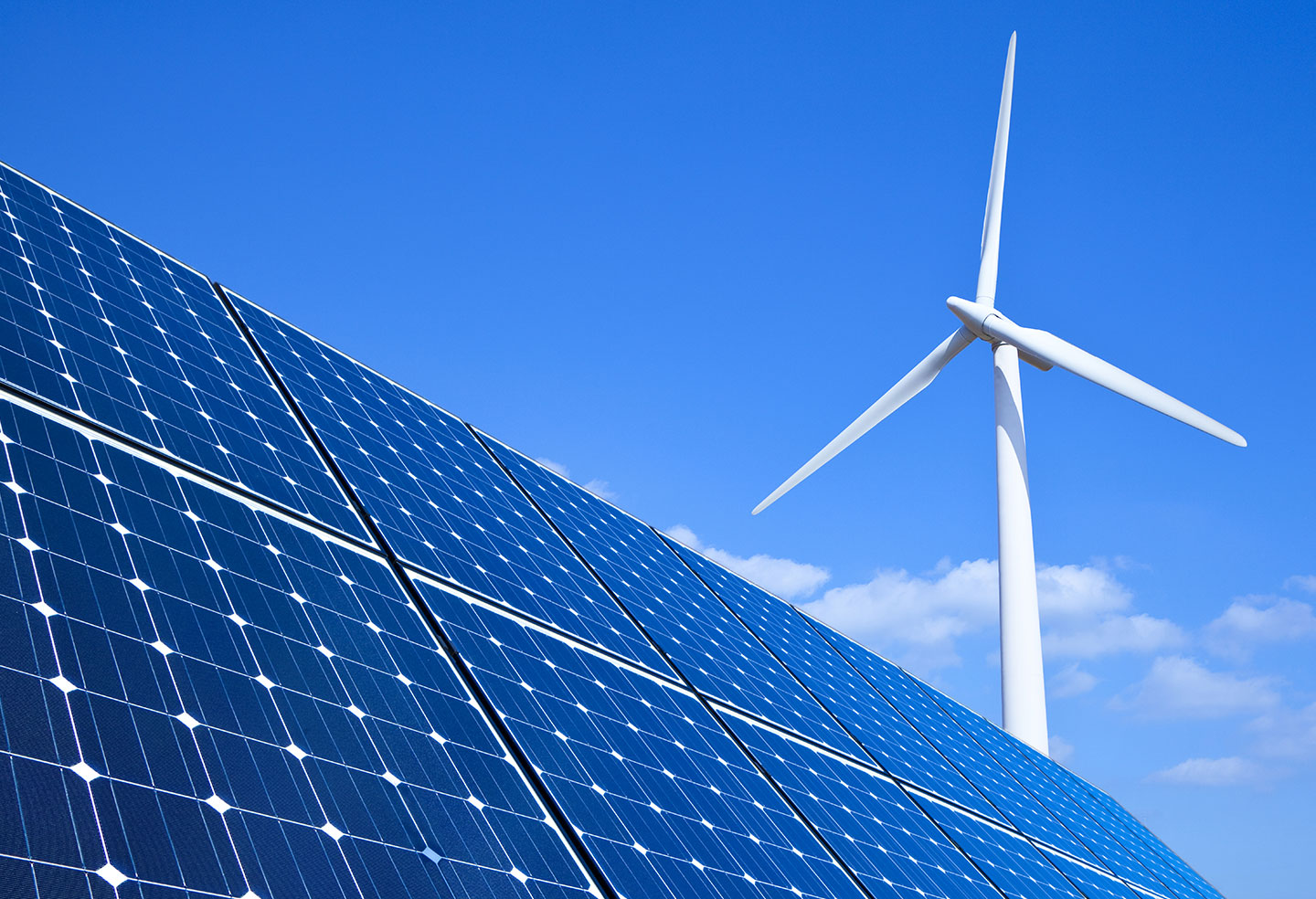Legal Bulletins

Maryland's 2012 Greenhouse Gas Emissions Reduction Act Plan And Its Impact On The Energy Sector
On July 25, 2013, the State of Maryland published its 2012 Greenhouse Gas Emissions Reduction Act Plan (the “Plan”). The Plan, if implemented, would have a significant impact on energy markets in Maryland.
Maryland’s Renewable Portfolio Standard currently mandates that 20 percent of the State’s electric consumption be generated from renewable energy sources by 2022, including 2 percent from solar energy. The Plan raises the percentage, and accelerates the deadline, by requiring 25 percent renewable energy by 2020. In addition, the Plan calls for redefining renewable energy to exclude the combustion of “black liquor” – which currently accounts for a large percentage of the renewable power generated in Maryland. The combined impact of these changes will be to encourage additional renewable energy development in the region but will also raise the cost of electricity in the state. Interestingly, the Plan does not list raising the RPS among the legislative priorities for this Administration’s last legislative session – though that may change.
The Plan also supports the efforts of the Regional Greenhouse Gas Initiative (RGGI) to reduce greenhouse gases from energy generation by increasing the cost of carbon credits traded on the regional market. RGGI operates a market based cap-and-trade program in nine Northeast and Mid-Atlantic states. The RGGI initiative, endorsed by the Plan, is designed to lower greenhouse gas emissions from energy consumption in the member states to 91 million tons. This proposal will likely decrease emissions but will also certainly increase the cost of generating electricity.
Finally, the Plan calls for greater reductions in electricity consumption through the Administration’s EmPOWER Maryland program. Under that program the State aims to reduce both Maryland’s per capita total electricity consumption and peak load demand by 15 percent by 2015. This part of the Plan may reduce the cost of energy expenditures but may require energy consumers or the State to pay for energy efficiency upgrades.
If you have any questions about the Plan, please contact us.
| Michael C. Powell 410-576-4175 | Todd R. Chason 410-576-4069 | Victor A. Kwansa 410-576-4029 |